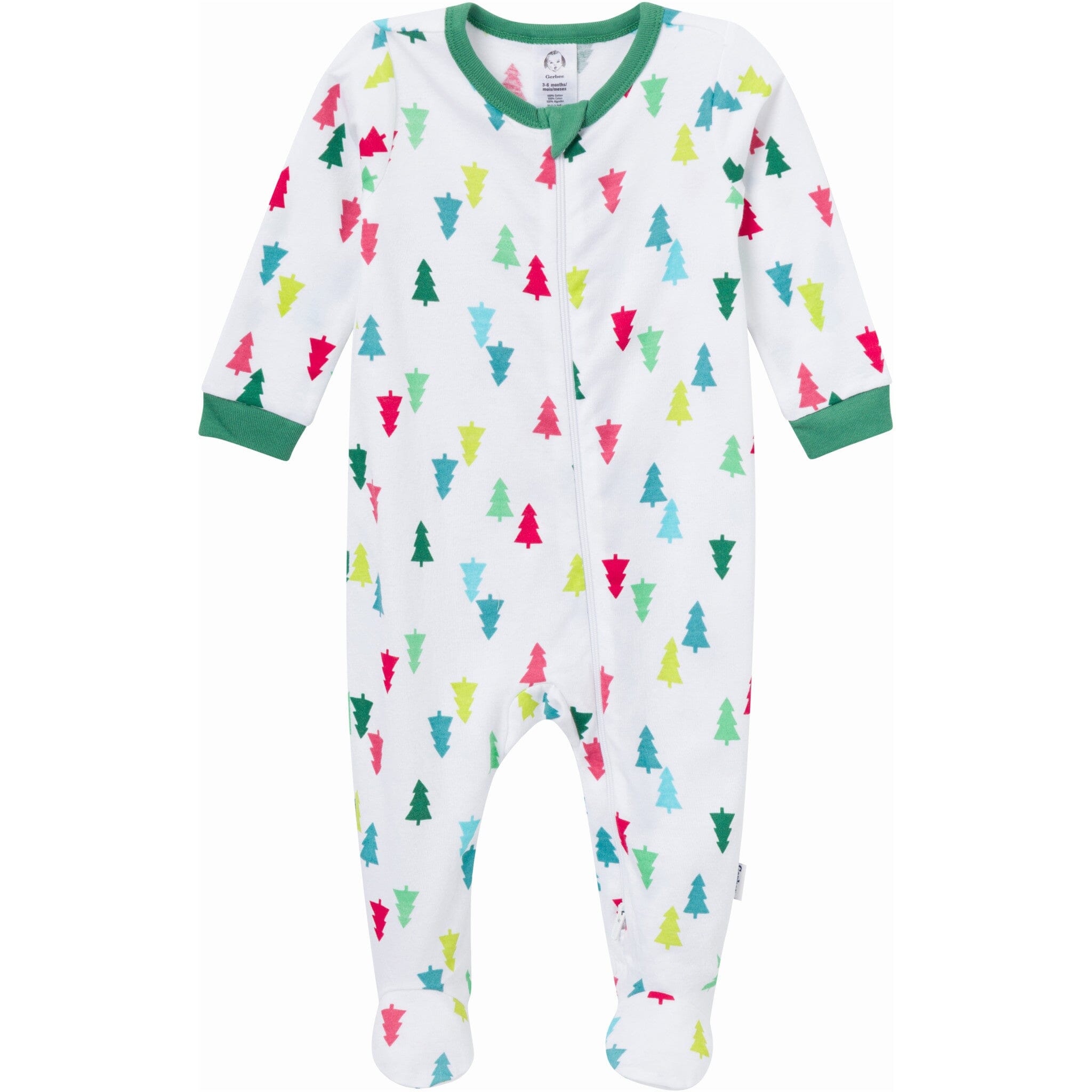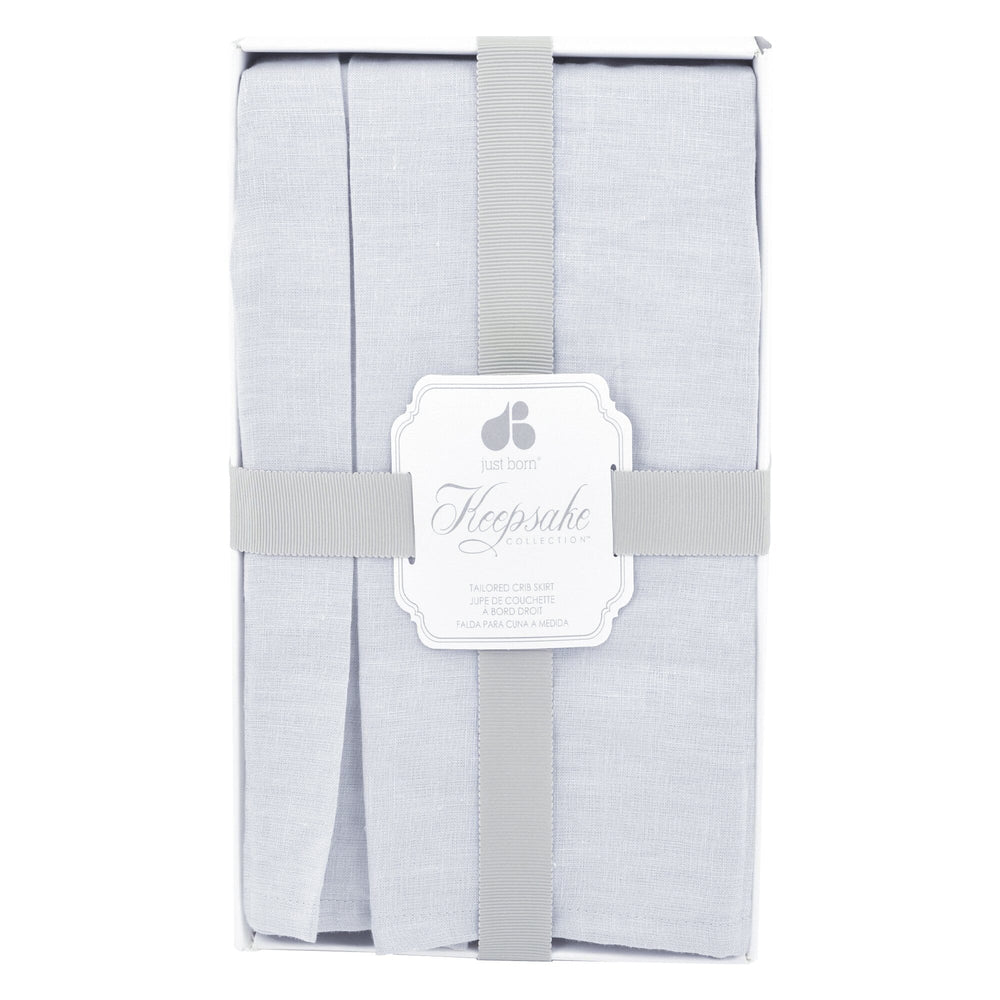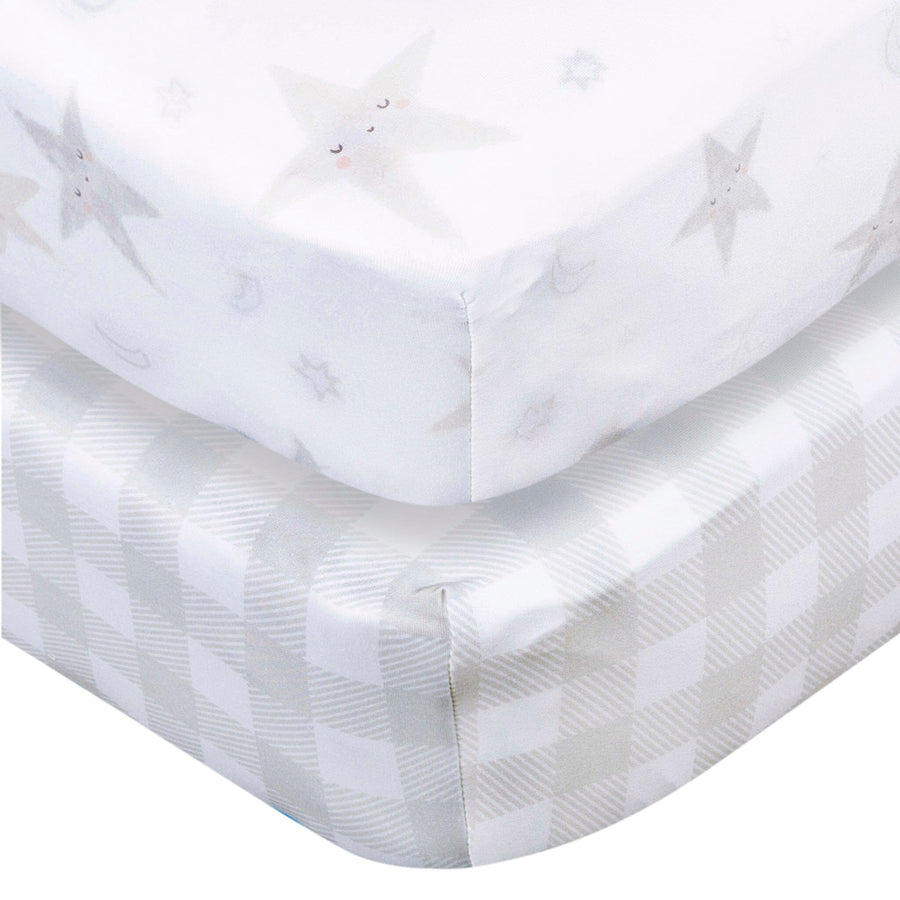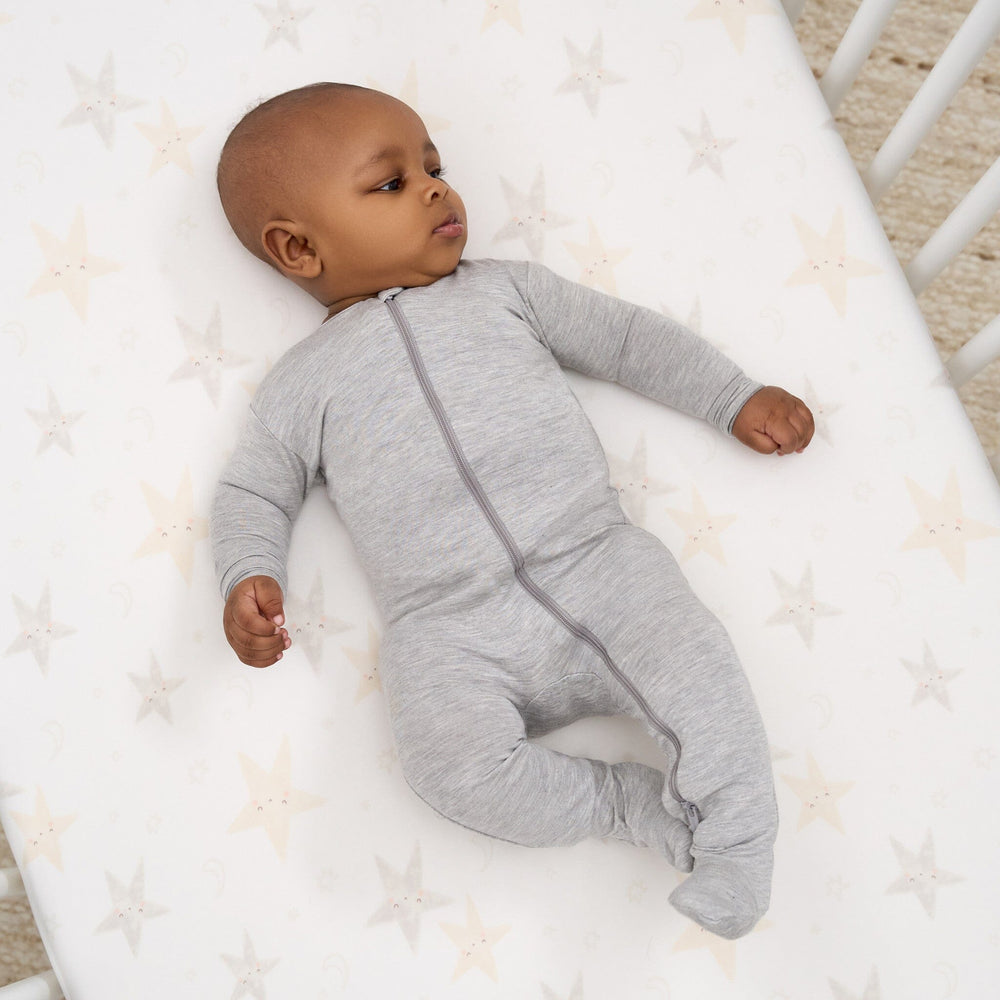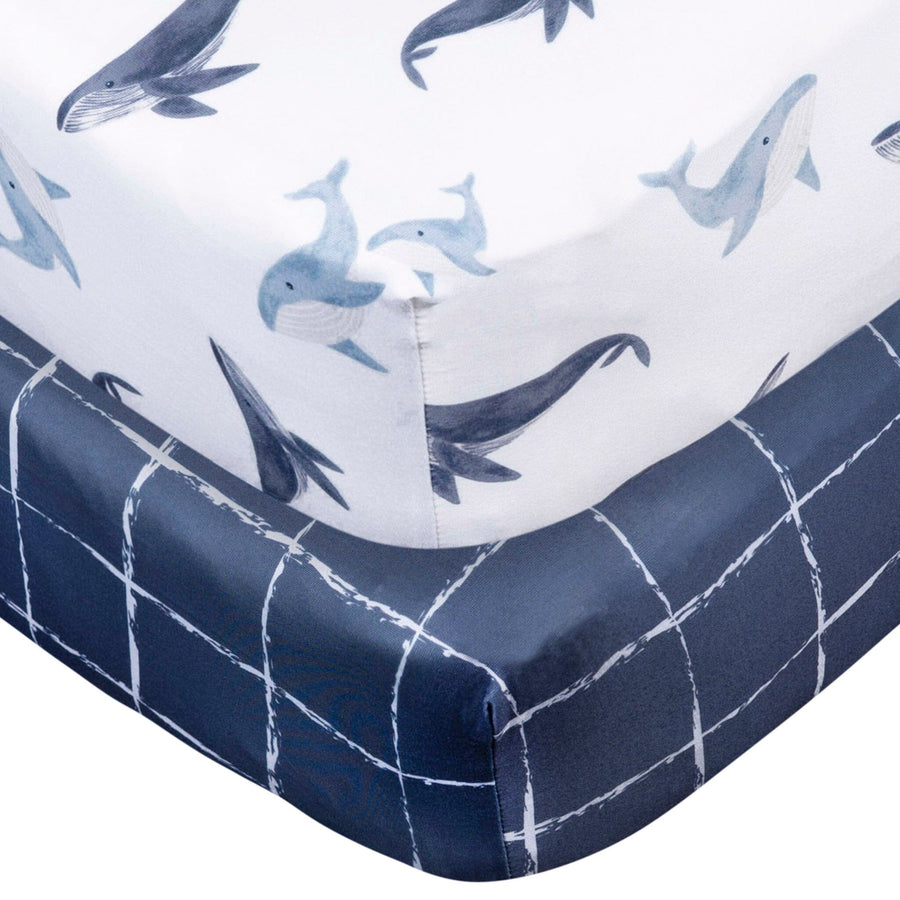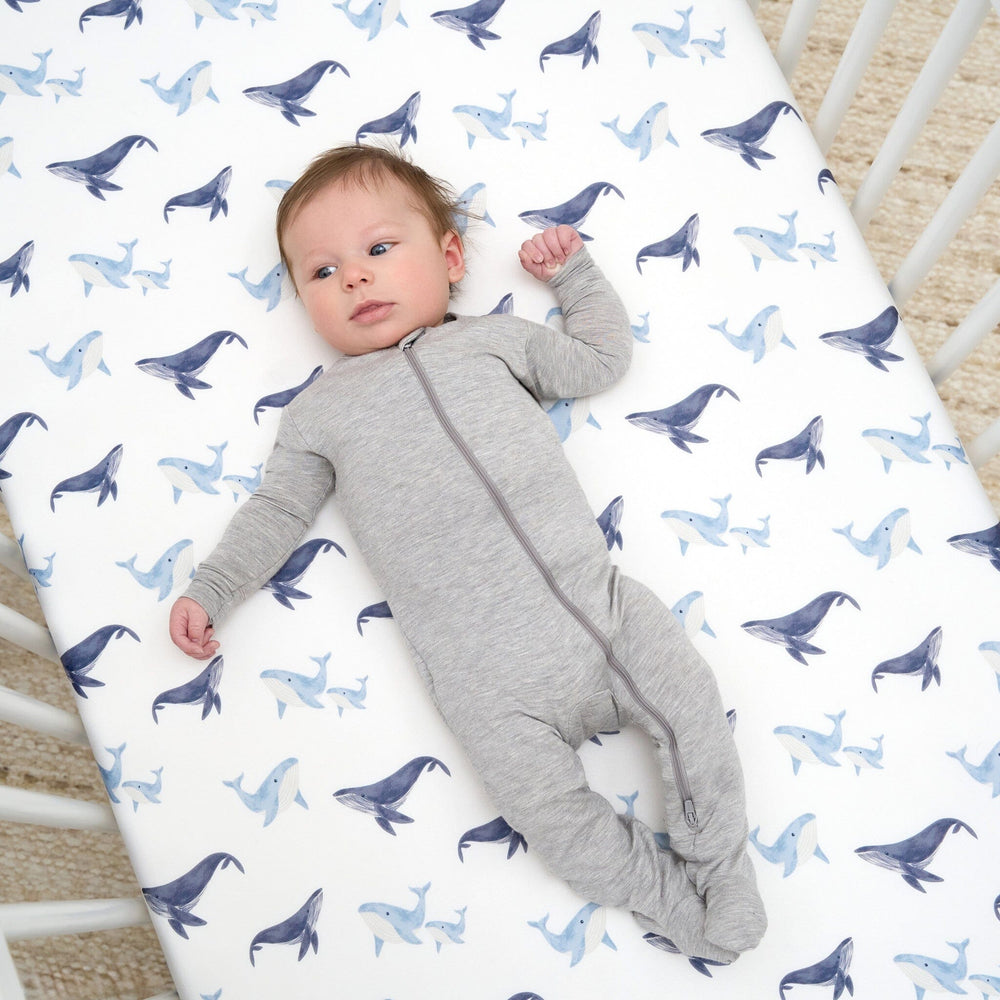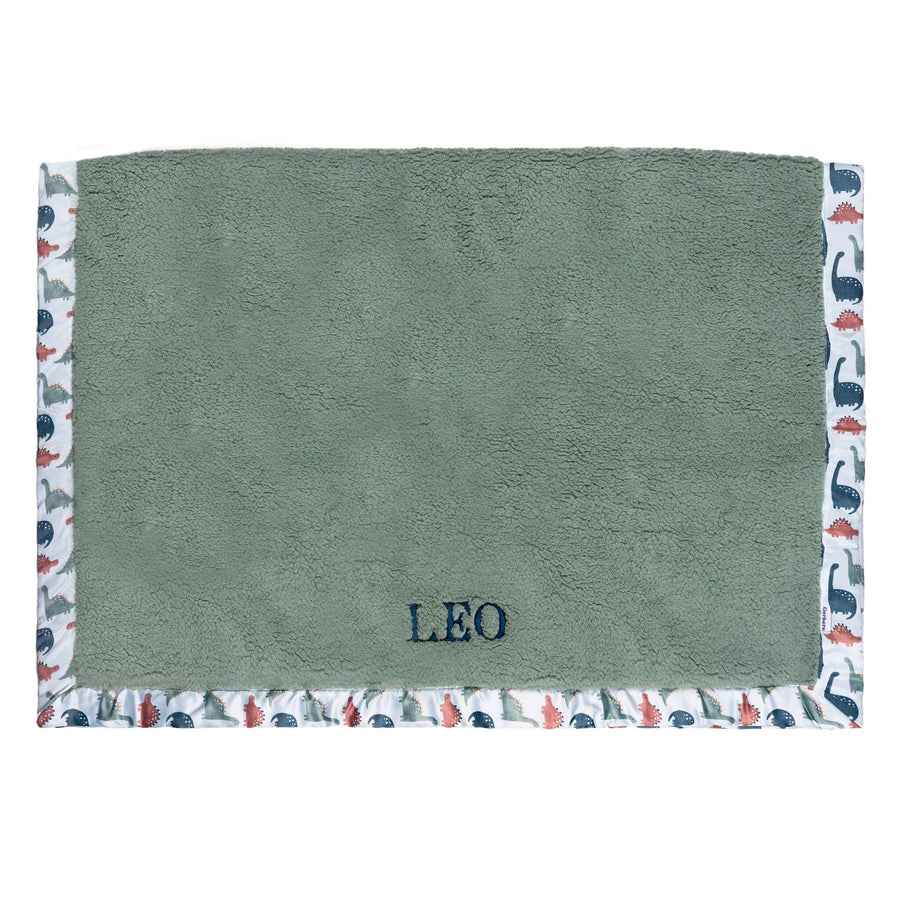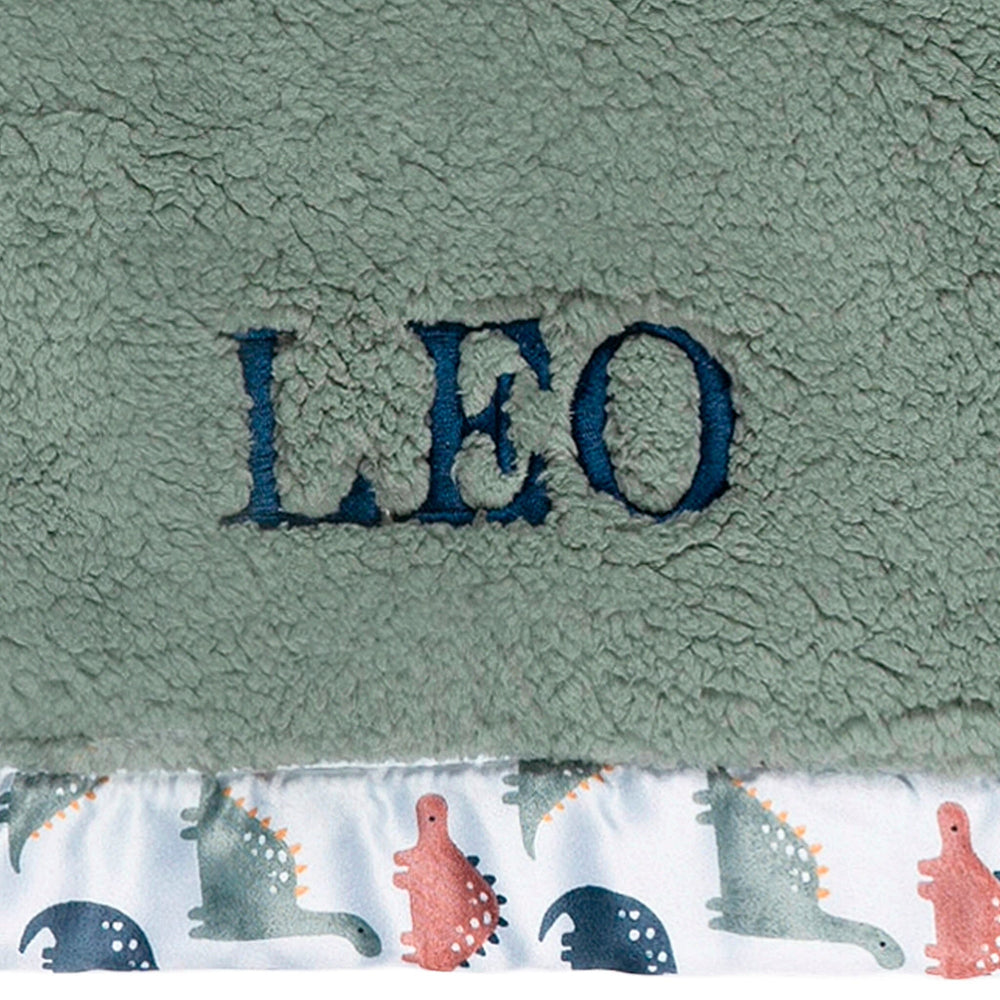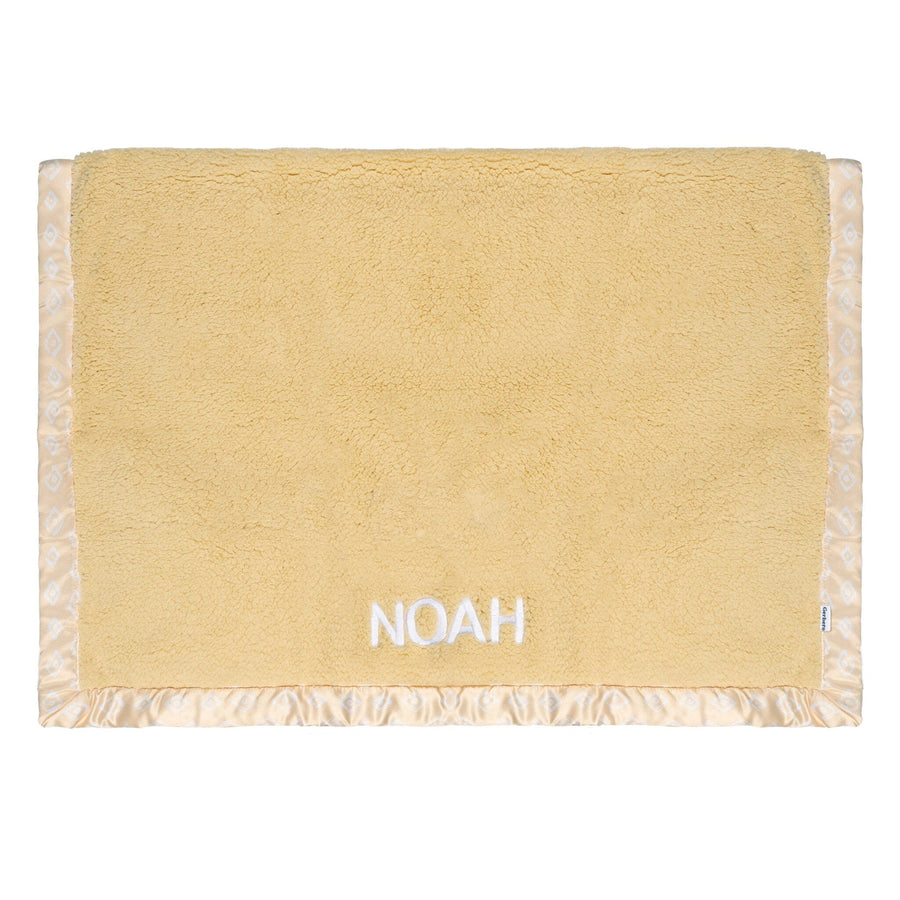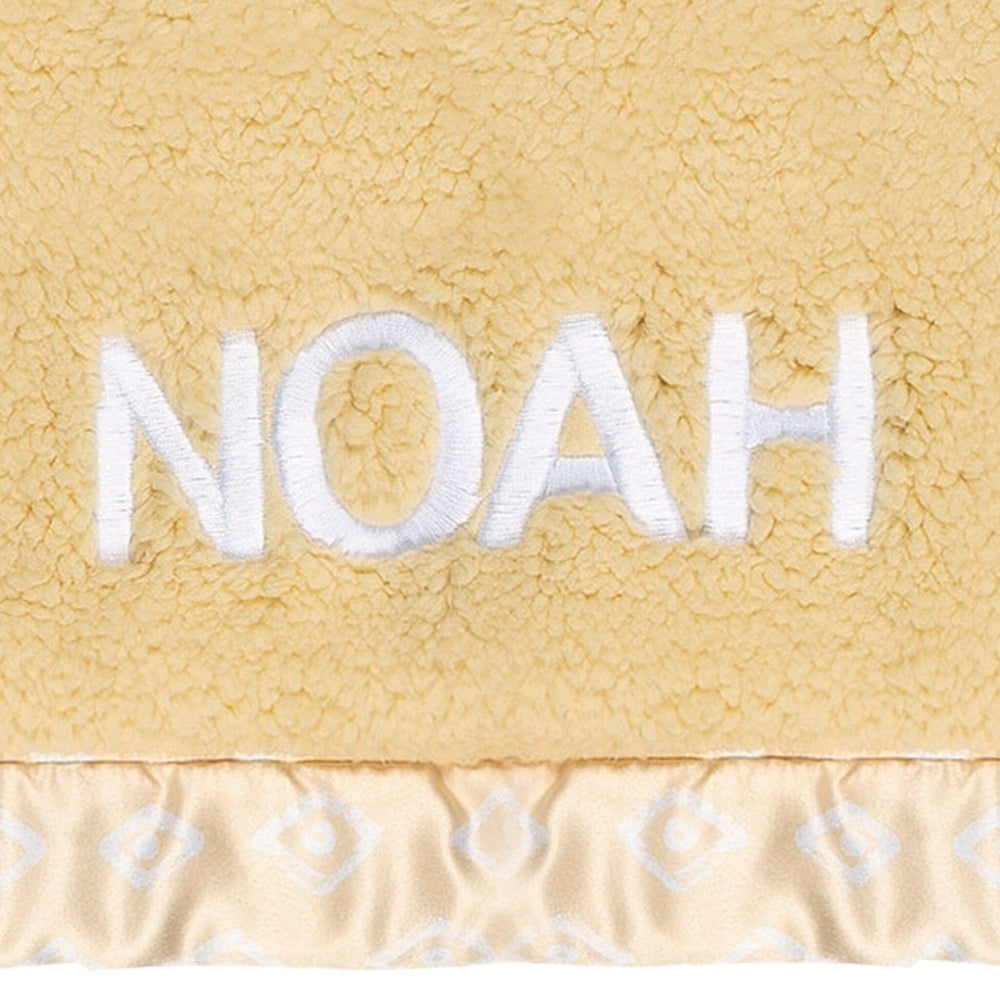Baby Bedding: 10 Ways to Design a Stimulating Nursery
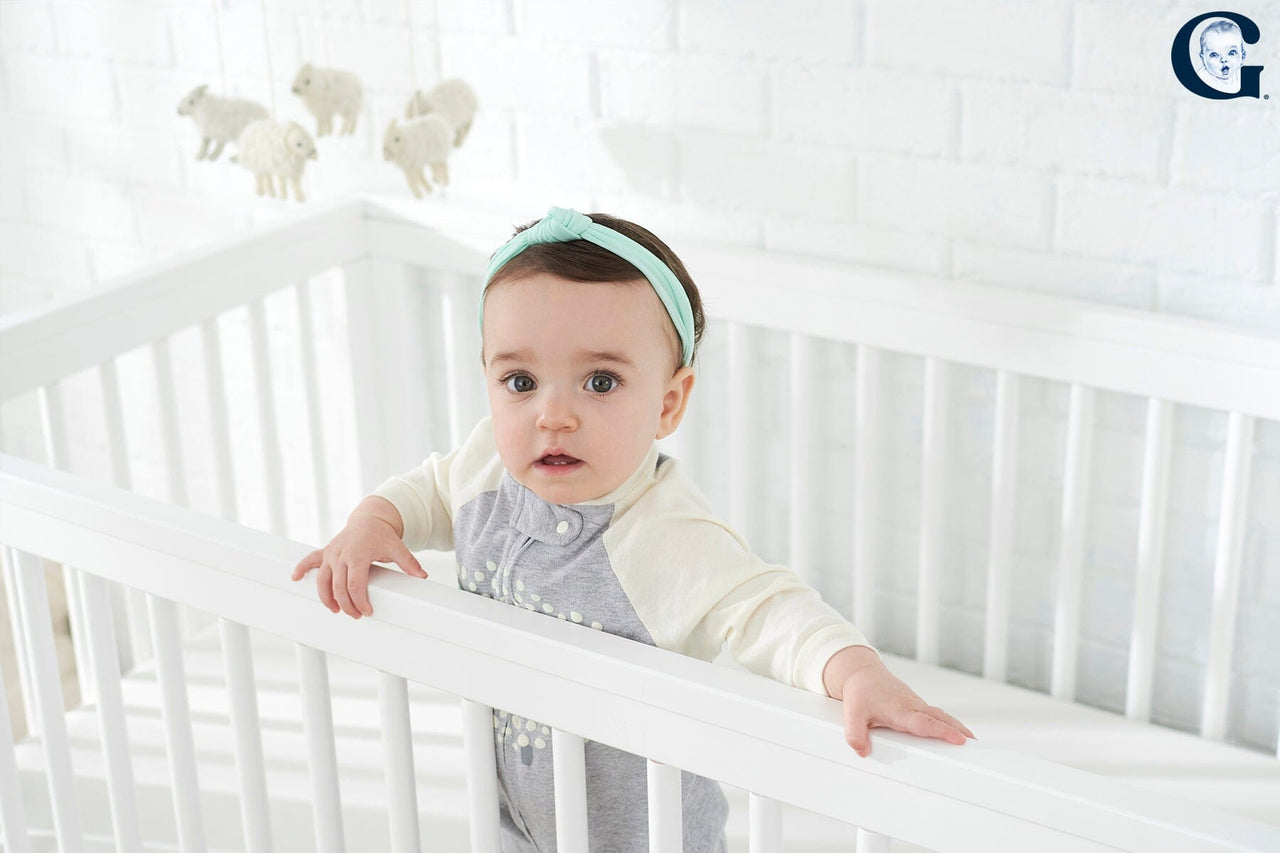

During the first year of your baby’s life, a variety of mental, physical and emotional changes will be happening constantly. To support healthy brain development during infancy, communicate and play with your child as often as you can. You should also work to create a stress-free environment, which usually includes a team of nurturing caregivers and a comfortable, stimulating nursery.
How do you stimulate a baby’s environment, you ask? Incorporate colors, objects and designs and then follow a few interior design tips. Each of these elements will foster their imagination and intellect. We’ll show you which items you need, how to get them and where to place them inside the nursery. You’ll also discover why they are important to your little one’s development.
Take these stimulating nursery design strategies with you when you shop at the baby store or to use during brainstorming sessions with your partner. It’ll be easier to budget the right items and skip the unnecessary décor. You’ll also educate your loved ones so they can help you buy and decorate more appropriately before your baby comes.
1. Start with a Rainbow of Colors
When your baby is born, they will only be able to see in black and white. Over the next few months, their color vision will improve. Most infants are able to see in full color by five months of age. Exposing them to as many hues as possible will help infants develop their vision faster. As you imagine your nursery and start picking out décor, think about where you can add a pop of vibrant color. A bright yellow accent wall, crimson area rug or a deep purple crib is a great place to start. Include various shades and patterns when choosing bedding for baby’s nursery. Purchase four to six different styles in the colors that match your walls and design elements. Multicolored stripes, animal prints and solids are all popular among today’s parents.

You can also choose vibrant hues and patterns when buying lamps and ceiling fans. If you’re interested in a hanging mobile for newborn visual stimulation, start with a black and white version. In a few months, you can move on to a more colorful model. Minimalist wall art and toys can also be exchanged for bold options a few months down the road. If your nursery theme doesn’t lend itself to a spectrum of hues, select three or four main baby room colors instead. A few different shades will make your little one interested without feeling too chaotic.
2. Incorporate Contrasting Hues
Contrasting colors will help your baby learn to define shapes. They’ll also help to improve baby’s spatial reasoning skills. Paint one or more walls in thick, bold stripes. The best combinations include blue and yellow or aqua and magenta. Achieve the same effect by covering the walls in the main nursery theme color and using a contrast color on the doors or baseboards.
Follow the same theme on the floors. A red, blue or purple rug looks visually pleasing and stimulating against white tile or laminate. Grey flooring contrasts well with yellow, green and white. Avoid putting black against white in too many areas of the room. While your newborn will probably enjoy it, this color combination often becomes too stimulating for older infants.
3. Add Several Textures
Texture is another way to expand baby’s world. It not only stimulates your baby’s vision, but it also helps them develop their sense of touch. Luckily, there are a variety of ways to incorporate rich texture into your nursery. If you’re putting décor on your baby registry, be sure to add a furry area rug, velvet blanket or woven ottoman. Bamboo, leather and chenille can also be very fun.
The more textures you include, the better. If your favorite baby sheets and blankets are plush and soft, make sure your glider, storage baskets and carpets offer a chance to feel and see more structured fibers. Wicker, denim and chunky textured weaves are just a few more of your options.

4. Make Some Music
Music stimulates an infant’s mental development and helps them discover how to be creative. Give them the gift of sound, melody and language by adding a few musical items to their nursery. A sound machine equipped with lullabies and lively tunes makes for exciting playtime.
Instruments such as maracas, drums and xylophones are fun to play for baby in the first few months. After a while, they’ll know how to use them, too. Musical toys and melodic plush animals that light up when touched are perfect for babies’ rooms. Finally, don’t underestimate the enjoyment of a regular old stereo. Make a playlist of the best baby songs or classical music and let baby listen while they feed, receive a diaper change or explore their room.

5. Include Different Shapes
While you’ll have plenty of rectangles and squares in the room in the form of rugs and wall art, you should also incorporate circles, triangles and hexagons. Floating shelves come in shapes of all kinds. Buy or paint them in a color that contrasts with your wall and then adorn them with family photos or small plants. Circular and spherical lighting are popular, while honeycomb designs are particularly intriguing to small children. Polka dot patterns and geometric artwork are also an option.
The psychology of shapes suggests that shapes can evoke different feelings. Choose circles if you’re interested in femininity or infinity. Triangles symbolize energy and stability, while hexagons represent unity. A rhombus illustrates a vibrancy and a contemporary feel, making it a trendy shape among young families.
6. Designate a Learning Zone
While your nursery is primarily for sleeping, it will also become a place of comfort and safety for your child. Let them discover and explore in their room by creating a learning corner. In the first few months, this area will be very simple. It may contain a rocking chair, a small bookshelf, a few toys and an end table. Later, as your little one grows, you can incorporate toddler furniture, a play mat and objects for playing make-believe.

During the newborn phase, read to baby in their learning zone. Later, you can add more books, include music sessions and show them how to stack blocks or color pictures. Over the years, your child will begin to view learning as not only fun but also integral to their daily life. They will continue to seek mental stimulation as an exciting activity.
7. Create a Relaxation Space
Your nursery’s learning zone is for being active and inquisitive, while the relaxation space is for getting cozy. If your baby becomes overstimulated or won’t quiet down for a nap, you can use this special area to help them return to a state of peace. When you bring baby home, the relaxation space will look more like a feeding station. Make sure you and your infant find it equally comfy.
A well-cushioned glider with an ottoman is a typical focal point for this area. Include a thick rug, soft lighting and a baby blanket. Stuffed animals and sound machines also work well in this space.
8. Consider the Ceiling
The ceiling is one of the most overlooked parts of a stimulating nursery. A hanging mobile will do much to entertain a small baby, but you can go even further with this theme. If you want to know how to stimulate a newborn, try painting the ceiling in a pattern. A navy blue base with white stars will keep an infant of any age intrigued. Chevron, scales and quatrefoil patterns are also quite captivating.

If you can switch out the lighting and have a little girl on the way, go with a chandelier. An opulent style in gold, sky blue or fuchsia will have your sweet baby babbling. Other interesting options for a baby’s room include modern honeycomb dome pendants, multi-light pendants and dainty track lighting. Interested in something whimsical? Try glow in the dark adhesive stars. Place them on your nursery ceiling for a quiet glow in the night. You can find them in a variety of sizes, from ultra-mini to large.
9. Eliminate Unnecessary Clutter
Help baby focus on color and texture instead of a cluttered mess. A stimulating nursery makes it essential to have smart storage options. Line closets with shelves to keep toys and clothes out of the way. Storage bins are available in all sizes and materials. A large, portable hamper is perfect for corralling your little one’s laundry.
If your child starts to fuss while they’re playing, remove a few of their toys from the play area. Try to limit each exploration session to only a few objects at a time. Too many options can make infants confused and frustrated. It may also help to lower the volume on the radio, change the music tempo or turn off the sound machine.
10. Promote Restful Sleep
Now that your baby’s nursery is neat and tidy, it’s time to do all you can to promote a good night’s sleep. Getting the right amount of rest will ensure that baby is ready for another day of learning. If you haven’t thought about investing in blackout curtains, add them to your shopping list or registry. These popular window coverings are helpful for keeping sunlight out of the room in the morning and daylight out when it’s time to take a nap.
Cozy bedding and a quality mattress will encourage slumber. A mild air temperature will also help baby get the sleep they need. Make sure all electronic toys are turned off, so they don’t make noise in the middle of the night.

A Stimulating Nursery Helps Baby Learn and Grow
Most moms and dads have never thought of nursery design in terms of a baby’s development. Now that you know how a stimulating nursery can help your child learn and grow, it’s easier to consider their health and intellect when making your décor and baby supply choices. In addition to the decorating tips above, there are other ways you can stimulate your infant’s learning without making them too tired or fussy.
Try establishing a sleep routine for baby, which may include an evening bath, bedtime story and feeding. Whatever you choose, find a few activities you can repeat each night, so your child becomes comfortable with a set schedule. A sleep routine is also an excellent way to help your little one rest deeply and independently. While they’re awake, be sure to balance time in their learning zone with outdoor play. A walk in the park, a trip to the beach or an afternoon at the zoo will allow them to see new colors and shapes. They will also be exposed to more sounds and sensations.
If you can’t incorporate each of these tips before your baby is born, don’t worry. Start with a few different colors and textures. Next, work to incorporate a couple of stimulating toys and musical items. As your baby grows and develops, you can add more materials and objects to create unique experiences and inspiration. Designing a nursery in this way will help you learn to strategize, troubleshoot and imagine with your baby’s interests in mind. It’ll also encourage your child to become a curious lifelong learner!


